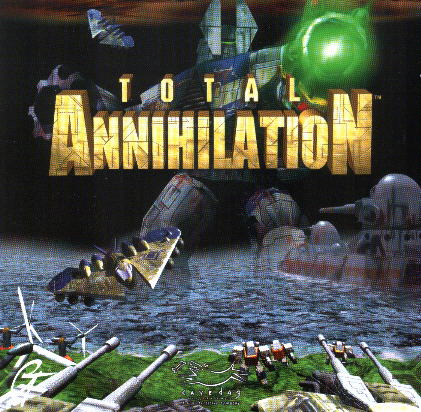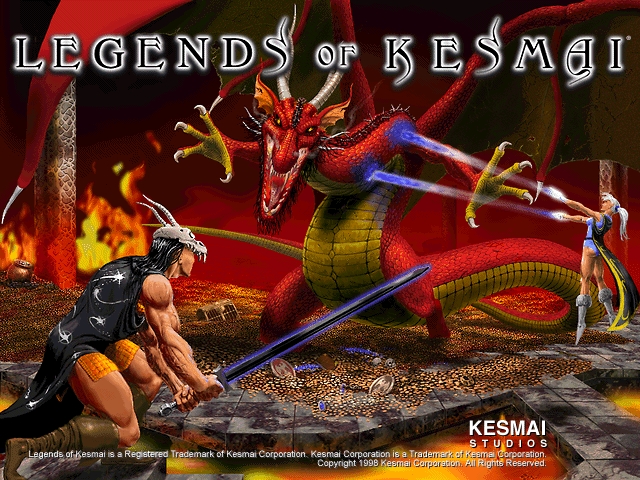LEGEND OF KESMAI
So the early 1990s was the age of America Online (AOL) and Netscape, some of the earliest corporations specializing in internet access. These were the days of relatively slow dial-up modems, where even logging on was a manual process requiring a dial tone from your computer, a physical landline, and the temporary elimination of your phone's ability to make calls while the internet was running.
In those days, the prototypes of what would become Massively Multiplayer Online RPGs were born. Initially text based or ASCII based, some went so far as to have graphical interfaces. Legend of Kesmai was one of these. The original Island of Kesmai was an ASCII based interface with alphanumerics forming a rough map of various dungeons that you could adventure in. In time, the sequel, Legend of Kesmai, was released on America Online as a pay-to-play at the low, low cost of $1.99 an hour.
That's right. You played this game for two bucks...AN HOUR.
Today, that would be highway robbery. But back in the early 1990s, this was one of the few MMOs that even had graphics, will full four-color tiled-based maps that you could move your character around instead of ASCII or text-based MUD-like interfaces. You even had (gasp) a drag and drop style inventory.
Adventuring players had a multitude of races (with various stat boosts and stat decreases to balance each other out) and classes to pick from (though the names are more flavorful, they came in the typical archetypes of healer, mage, thief, martial artist, and warrior with warriors eventually being able to upgrade into a warrior/healer hybrid). At the time, archery and other ranged combat fighting styles was difficult if not impossible to implement in most MMOs, and Legend of Kesmai had no less than fivemethods of achieving it: archery, thrown weapons, flying kicks, magic, and bomb-style potions, giving it a tactical advantage over other games at the time.
In addition to an at-the-time more sophisticated fighting system and a graphical interface, the world itself was MASSIVE. Four unique realms with a variety of dungeons made for hours of exploration and monster hunting. There were also many quests and relics to be found...but good lord were they difficult to figure out sometimes. And the world itself was dangerous. While the monster AI wasn't exactly genius-level, they had no problem ganging up on you. You had to be very careful as a solo player and even in some small groups, because wandering monsters were not shy about engaging you - even if you were already fighting a different pack. All too often, the game was very quick to make a battle between you and four goblins into a melee against goblins, trolls, skeletons, and several undead, all ganging up on you like nobody's business. This game was lethal and did not pull back punches.
Unfortunately, if you died, you DIED. Coming back from the dead meant stat losses, EXP loss, and other detrimental effects, not the least of which was you dropped all your loot at the spot you died in. Either your gear was stolen by other adventurers or you died so deep in a deadly dungeon that it was nearly impossible to get back to the spot you died in safely.
Because of the high lethality, the game was kind enough to have a unique means of restoring you to full strength if you died and came back. There was a special quest to travel to a fifth realm, the land of the dead, where you had to travel through an Egyptian-themed land to collect your organs and be restored to life with all of your EXP and states restored. The quest itself was done in such a way that you had no gear and very limited stats, making you at your weakest in a dangerous land.
So even the kindness of full restoration was still a challenge.
This was an immensely addicting game with unique quest lines and a level of lethality not seen in gaming today.
World of Warcraft, eat your heart out.
At this time, Legends of Kesmai is still available in a free to play emulator mode.
However, be warned that there are nowhere near enough players as there were back in the day. You will almost be guaranteed to be a solo player for much of the game and at most you'll group with 1-2 other players at any one time.
Tread into this world at your peril, brave adventurers.






